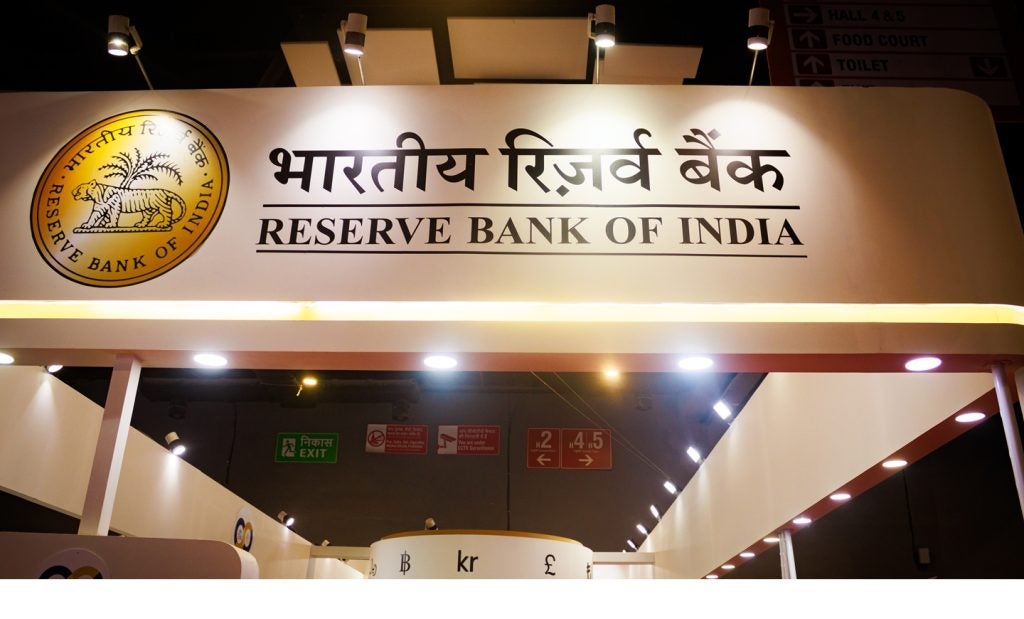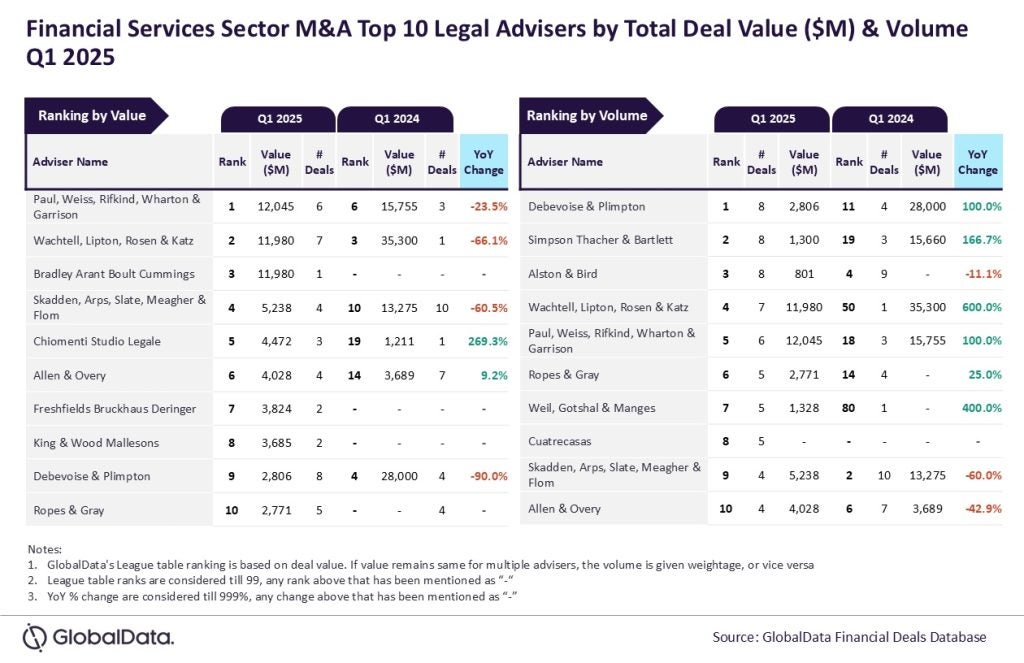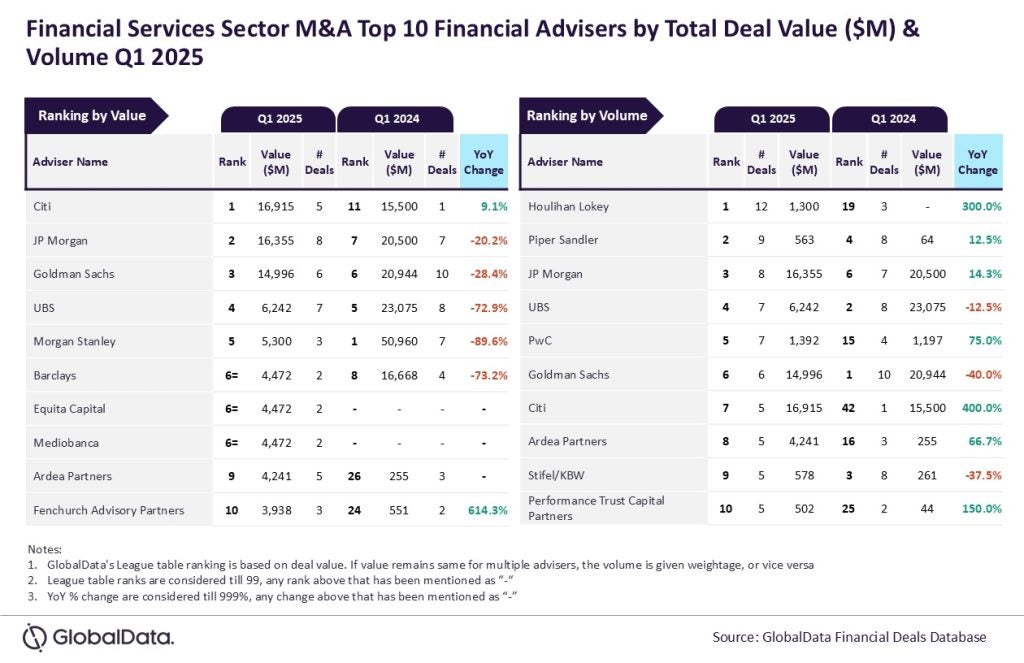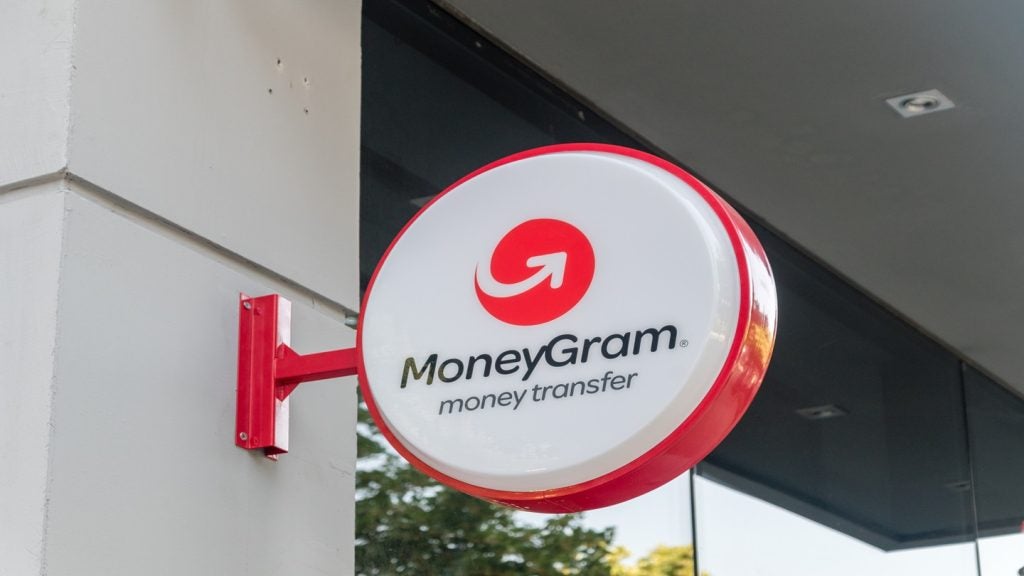Fresh from posting a sharp rise
in profits for fiscal 2009, Bank of East Asia is forecasting
further profits growth in 2010. Simon Lau, the bank’s head of
personal banking, discusses product innovation, multi-channel
investment and acquisition strategy with Farah Halime.
 Bank of East Asia (BEA),
Bank of East Asia (BEA),
Hong Kong’s third-biggest lender by market value, bounced back from
a disappointing set of results in 2008 with net profits of
HK$2.64bn ($340.3m) in fiscal 2009, a 24-fold increase in earnings
from the previous year.
While BEA’s net interest income from core
operations in 2009 remained flat at HK$6.7bn, fees and commission
income rose by 7% to HK$2.79bn.
As for 2010, Simon Lau, BEA’s head of personal
banking, told RBI the bank’s growth forecasts will be
boosted by a “steady flow of new products, investment in additional
service channels and possible expansion through acquisitions and
strategic alliances”.
With over 70 outlets in China, one of the
largest networks of any international bank, China constitutes an
increasingly important part of BEA’s future strategy and is a
market of which Lau has high hopes.
“The launch of the CNY4trn [$585.8bn] stimulus
package by the mainland [Chinese] government, means China was in a
less severe economic downturn compared to the US and Europe,” Lau
said.
He added that, although personal financial
needs did contract due to the financial turmoil, BEA China was the
most profitable part of the group in 2009, recording a pre-tax
profit of HK$1.5bn.
By contrast, the bank’s domestic operation in
Hong Kong reported a profit of HK$1bn, while its international arm
lost HK$406m.
The International Monetary Fund prediction that
growth in China is expected to reach 10% in 2010, following
stronger than expected growth of almost 9% in 2009, prompted BEA
chairman David Kwok-po, to say: “China will continue to be the
leading engine of growth for the global economy.”
Lau added that Hong Kong will also benefit from
China’s strength in 2010 and the emerging recovery slowly taking
place elsewhere in the world.
BEA’s plans for China include:
• Branch and ATM investment. BEA China
will expand its network of 74 outlets and around 100 ATMs to over
100 branches and 450 ATMs by the end of 2010. Since it ramped up
its retail presence in the country in 2007, it has grown its retail
customer base to over 220,000 clients;
• Further investment in the
self-service channel adding to the six 24-hour self-service banking
centres opened in 2009;
• Growing online customer numbers. BEA
rolled out the second phase of its Personal Cyberbanking Service in
April and in December 2009 launched BEA Corporate Cyberbanking and
Cash Management Services; and
• Targeting further deposit growth. The
launch of new retail banking products in 2009 resulted in BEA China
growing total deposits by 27.7% year-on-year. By contrast, a
“prudent approach to lending”, resulted in total loans growth of
only 4.4%. This focus on deposits will continue in 2010, with plans
“for a steady flow of new products”.
Group-wide, total retail loans increased by
7.4% to HK$261.8bn in 2009, with impairments up by 54.3% to
HK$2.4bn in 2009 from HK$1.5bn the year before; charges for
impairment losses on loans rose nearly 100% to HK$1.1bn.
Lau said this was largely down to a relatively
poor performance from BEA’s overseas operations in the UK, US and
Singapore and as a response, BEA has taken “aggressive” measures
for loss provisioning and loan write-offs.
“BEA adopted a prudent approach when making
impairment loss provisions in 2009 and we believe the worst is over
for our overseas operations,” Lau said.
He added that the loan quality of operations in
Hong Kong and China remained “very good” at the end of 2009, with
an impaired loan ratio of 0.99%.
BEA is however, attempting to make advances in
its loan portfolio with the launch of its ‘Right for You’ loan
programme for Hong Kong customers.
The product boasts a high credit limit for
customers of up to HK$1m at competitive interest rates.
The bank is also an active player in the
mortgage lending division, with the mortgage loan portfolio
“growing at an encouraging pace” in 2009 after the launch of a
string of products covering both residential and non-resident
properties.
In terms of marketing, programmes involving
product bundling and cross-selling are aimed at expanding the
bank’s customer base and increasing the product holding of existing
customers.
Efforts to maximise cross-selling opportunities
via the bank’s subsidiaries, including Tricor Group (a provider of
business, corporate and investor services), Blue Cross (its general
insurance arm) and BEA Life (life insurance), will be stepped
up.
Retail marketing has also focused on developing
“long-term customer relationships” by targeting key market segments
including students and professionals.
Lau said the university or graduate segment is
considered to be of “strong potential” and is part of the bank’s
strategy to grow alongside the more established high net worth
customer base in the long term.

University branches
BEA is the only bank in Hong Kong that
has set up branches in nearly all university campuses, with
co-branded credit cards also launched in partnership with a number
of universities.
Children account for another target segment for
the bank with the latest product, the Kid Master Savings account,
running until the end of May. Although only launched on 17
February, Lau said the account had “received a warm response from
customers”.
Launched as part of the bank’s celebration of
the Chinese Year of the Tiger, the account encourages children to
develop good savings habits at an early age.
Lau added: “Our Kid Master programmes are
always very popular with parents interested in saving for their
children’s future financial needs.”
The bank’s investment in its ‘Cyberbanking’
online channel is also expected to boost its Hong Kong retail
operation.
The online service, available via the bank’s
main website www.hkbea.com, was revamped in August 2009 to
introduce a more user friendly and personalised online banking
experience. It allows customers to manage up to 12 accounts ranging
from mobile banking, current and savings account, payments, loans
and cards.
The bank recently upgraded the security
features of the website to maintain a “market-leading standard of
security for all online transactions” and by the end of 2009, the
number of registered Cyberbanking users had recorded a growth of 9%
compared with a year earlier.
Lau said the bank will target existing account
holders who do not already bank online as well as extending
services to overseas branches and Greater China.
The premium customer segment, or the
“professional segment”, has also been in the bank’s sights. It has
already rolled out a network of 51 SupremeGold branches in Hong
Kong that offer personalised services to customers including
consumer and mortgage loans alongside wealth management
services.
“The professional segment, especially lawyers,
accountants and doctors, is a key segment that the bank has been
focusing on for many years,” said Lau.
The bank’s Supreme Account and i-Account
services offer customers a bundle of products and services with
exclusive offers tailored to appeal to their segment, with benefits
including:
• Preferential interest rates on
personal loan and overdraft;
• Waiver of first-year annual fee on
BEA credit card; and
• Premium discount on travel
insurance/home protection plan.
New customers are required to make an initial
deposit of HK$100,000 to open the account. Since November 2009, the
benefits on the account in relation to securities and
linked-deposit sub-accounts have been added.
Lau added that the bank plans to broaden its
fee-based services in Hong Kong to generate new revenue
streams.
Also targeting the premium segment, the bank
recently launched World MasterCard to provide an “extra level of
service and privilege”. The perks of the new credit card entitle
customers to double bonus points for overseas retail transactions
settled with the card.
Points will be automatically credited to the
customer’s account the following month at a conversion rate of HK$1
per 200 points.
Designed for frequent travellers between Hong
Kong and China, the BEA CUP Dual Currency Platinum credit card was
also launched in January 2010.
The card supports both renminbi and Hong Kong
dollars, which avoids currency conversion charges and allows
customers to have greater flexibility as transactions made in both
currencies are clearly stated on bank statements.
As for international strategy – overseas loans
account for only about 13% of BEA’s total loans – 2009 witnessed
BEA’s sale of a 70% stake in its Canadian subsidiary to Industrial
and Commercial Bank of China (ICBC), but alliances agreed with
Spain’s la Caixa and South Korea’s Hana Bank were signed to
facilitate future international growth.
|
PERFORMANCE |
|||
|
Bank of East Asia – |
|||
|
2009 |
2008 |
% change |
|
|
Group profit after tax (HK$m) |
2,638 |
104 |
2,400 |
|
Net interest income (HK$bn) |
6.74 |
6.79 |
-1 |
|
Fee and commission income (HK$bn) |
2.79 |
2.62 |
7 |
|
Total assets (HK$bn) |
434.1 |
415.3 |
5 |
|
Charges for impairment losses on loans |
1,105 |
558 |
98 |
|
Retail deposits (HK$bn) |
342.5 |
323.8 |
5.8 |
|
Retail loans (HK$bn) |
261.8 |
243.7 |
7.4 |
|
Source: Bank of East Asia |
|||







